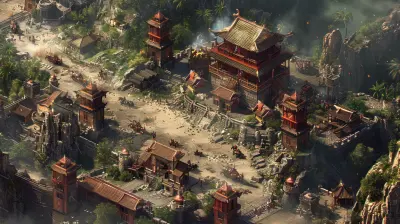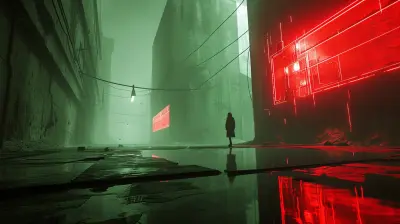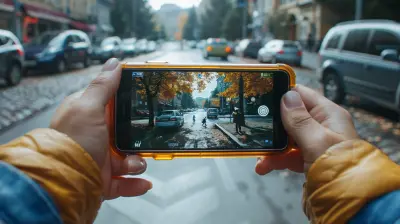The Crafting of Legends: How Game Developers Create Legendary Items
26 June 2025
Ever found yourself staring at a glowing weapon in your inventory, jaw dropped, wondering just how the devs dreamt that masterpiece into existence? You’re not alone. Legendary items have a way of making us feel like unstoppable gods or chosen heroes. They're more than just pretty pixels with insane stats—they tell stories, change gameplay, and sometimes even define entire games.
In this deep dive, we're peeling back the curtain to see how game developers create these iconic pieces of virtual treasure. From the spark of an idea to that final “you received a legendary item” popup, there’s a whole saga developers go through. And trust me, it’s just as epic as the items themselves.
Let’s forge ahead!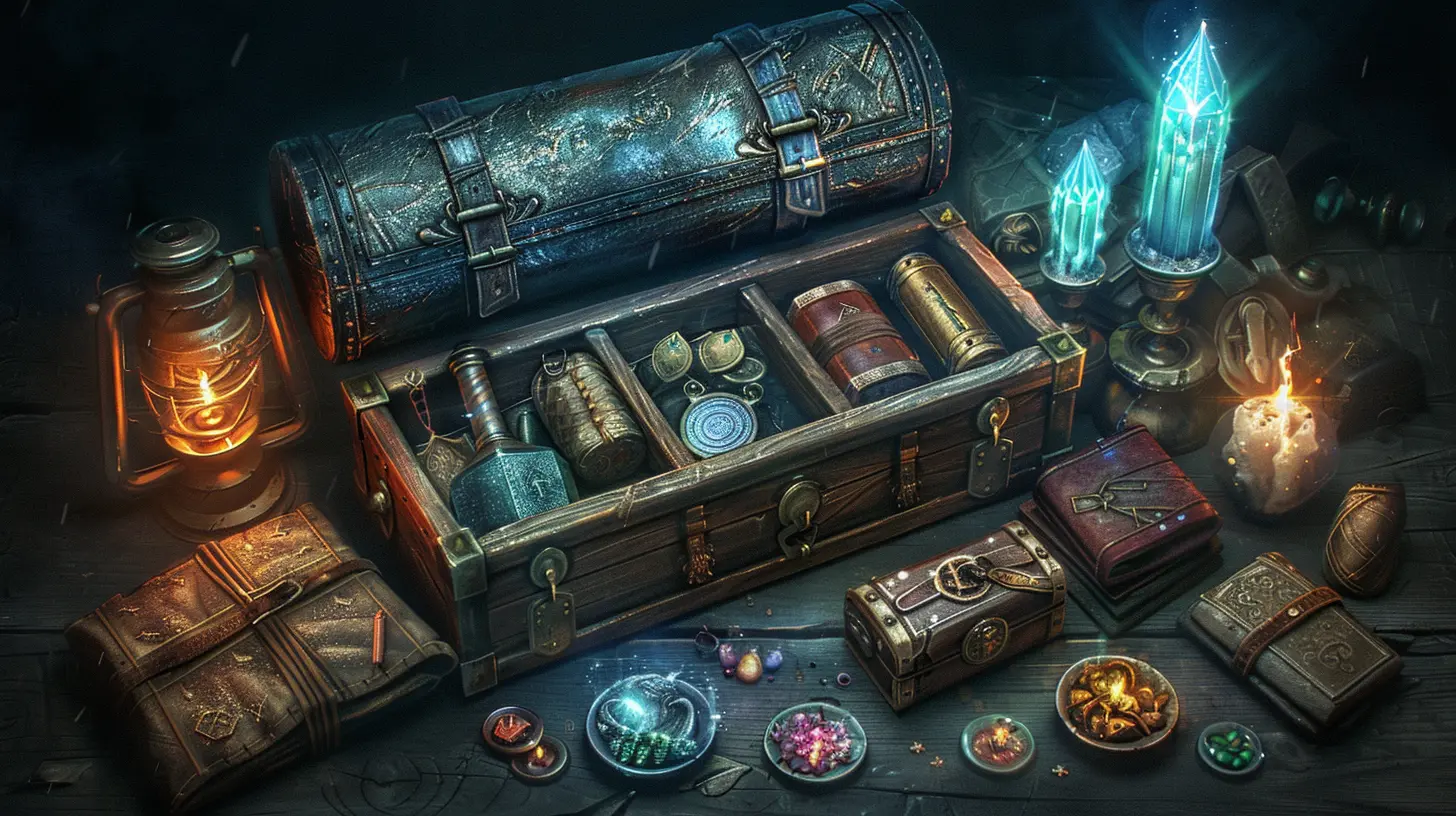
What Makes an Item "Legendary"?
Before we start swinging our virtual hammers, let’s talk about what makes an item "legendary" in the first place. It's not just rarity or raw power. A legendary item is the perfect storm of visual flair, backstory, scarcity, and impact.It's All About the Vibes
Think about the Master Sword in Zelda or Gjallarhorn in Destiny. These aren't just powerful weapons—they ooze history, importance, and a certain aura that regular loot just doesn’t have. Players can feel the difference.Not All Legendaries Are Created Equal
Some are game-breakers, others are trophies for dedication. Some change how you play, others just look drop-dead gorgeous. The diversity in legendary items is exactly what makes them, well, legendary.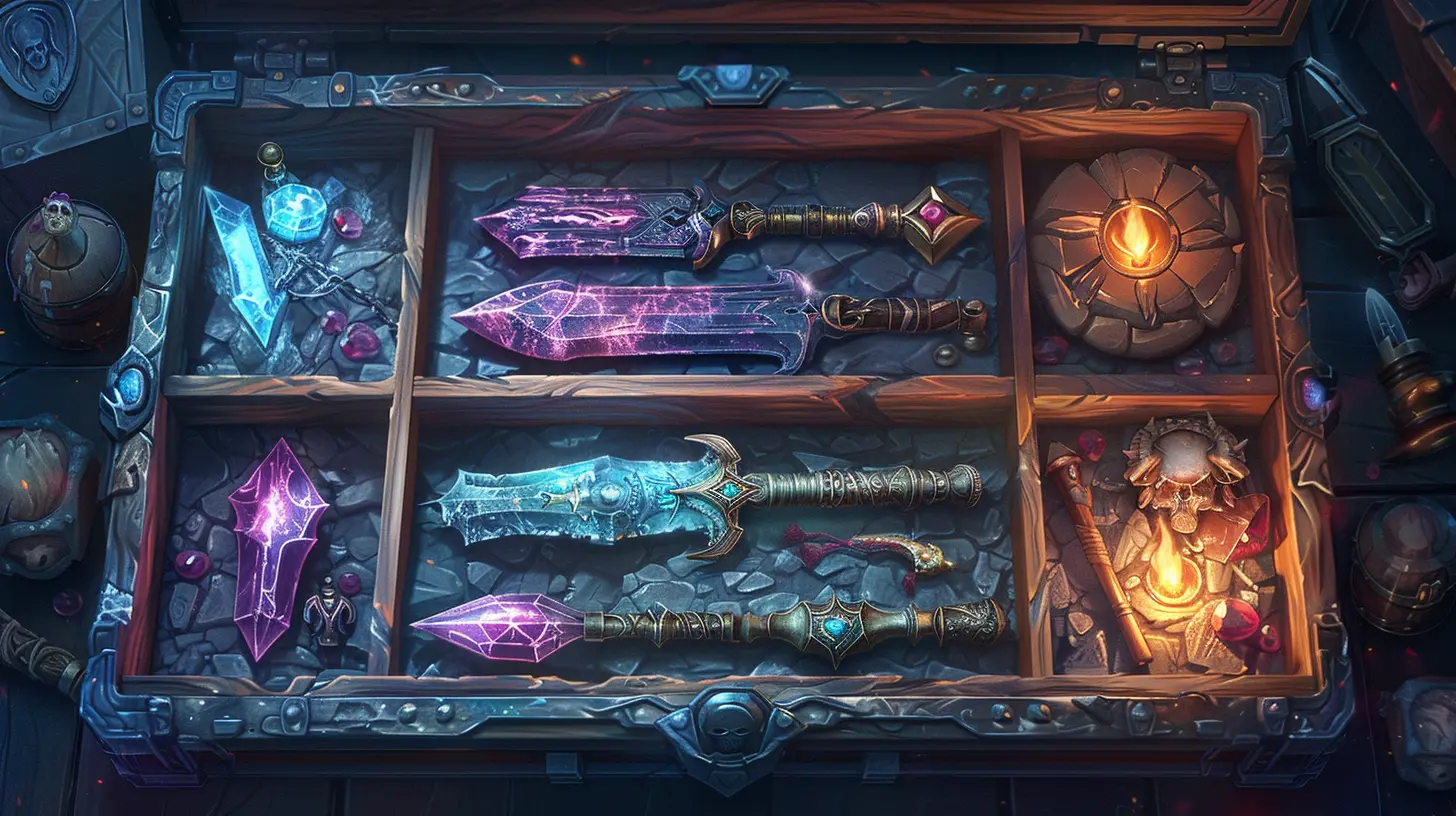
The Spark: Where Legendary Item Ideas Begin
Every great piece of legendary loot starts as a tiny idea. Sometimes it’s born during world-building, other times it's a "wouldn't it be cool if..." moment during a design meeting.Lore-Driven Inspirations
In lore-heavy games like The Elder Scrolls or World of Warcraft, developers often tie legendary items directly into the world’s mythology. A sword forged by ancient dragons? Yep, that’s not just gameplay—it’s storytelling.Player Fantasies
Developers often ask themselves: “What would make a player feel awesome?” A flaming sword that shrieks when you swing it? A cloak that makes you invisible during combat? These ideas stem from fantasy wish fulfillment.Real-World History and Pop Culture
Believe it or not, some legendary items are inspired by real weapons or mythical artifacts from history. Others take cues from movies, books, or even memes. (Looking at you, Buster Sword…)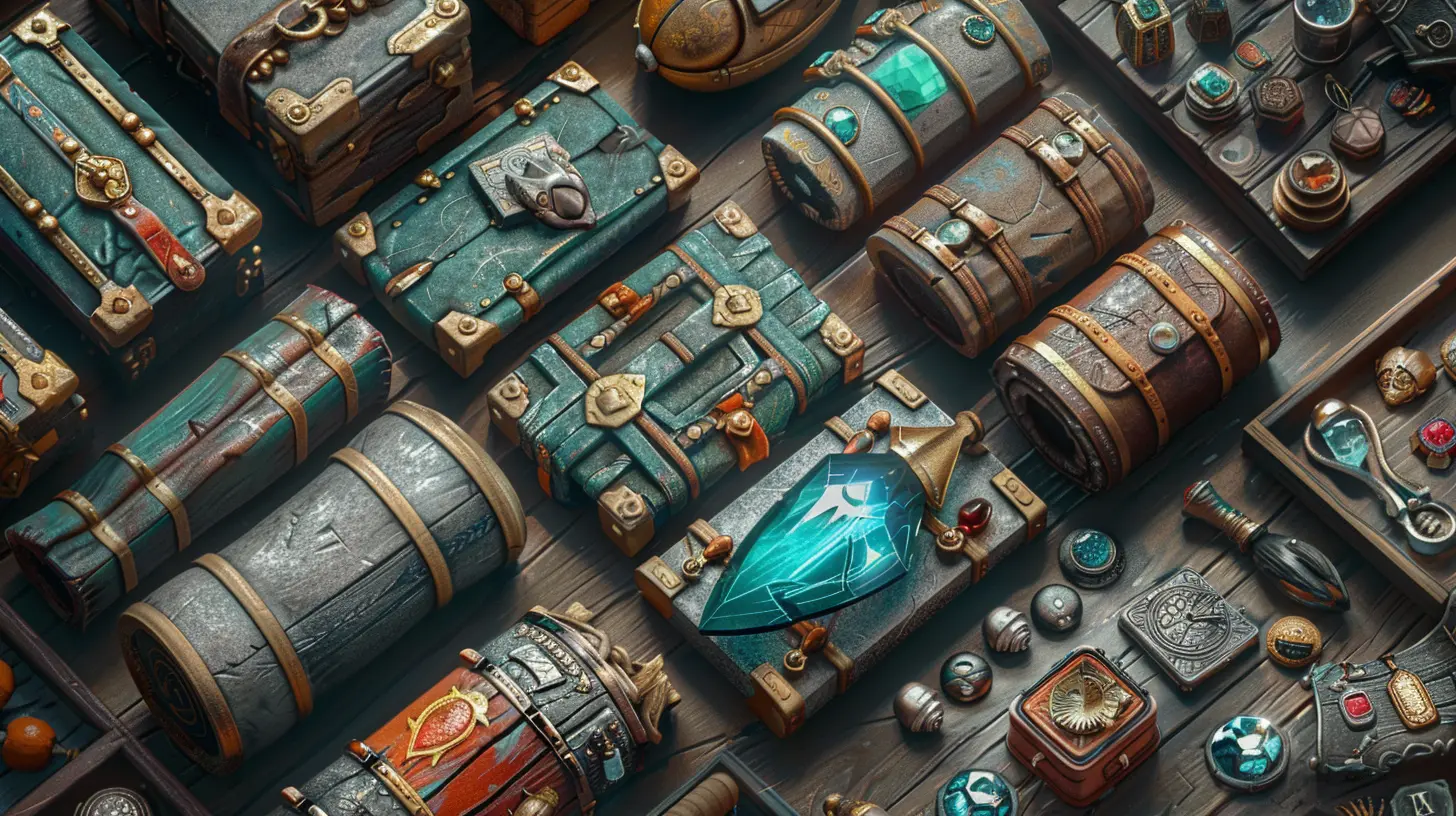
Mechanics Meet Magic: Designing the Item’s Function
Here’s where things get spicy. Coming up with a crazy-awesome legendary item is fun, but it also has to work. That means balancing it with all the boring-but-necessary math behind the scenes.Stats That Slap
Legendary items usually offer something you can’t get anywhere else—whether it’s raw damage, cool effects, or game-changing combos. Devs run tests, tweak numbers, and playtest like mad to make sure it’s powerful but not broken.You don’t want a “god-mode” item that ruins the game. You want something that makes you feel overpowered… without actually being unstoppable all the time. It’s a fine line.
Unique Abilities
A legendary isn’t just a regular item with better numbers. It often brings unique mechanics—maybe it freezes enemies on crit, or summons a ghost wolf when you roll. These are the juicy bits that make players go, “Wait, what?!”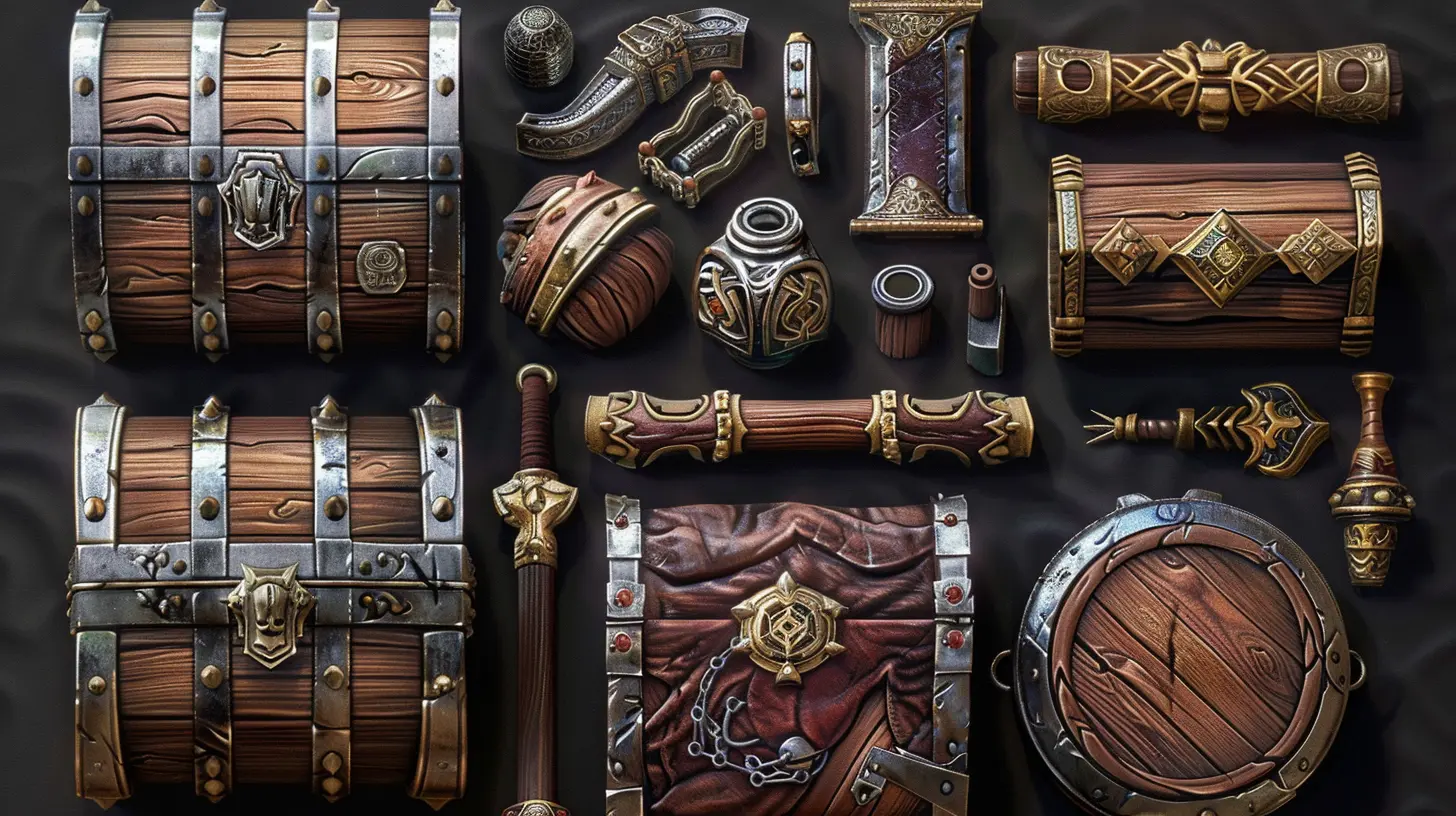
Visuals That Wow: Crafting the Look and Feel
Of course, stats are only half the picture. If it doesn’t look legendary, players won’t treat it like it is.Concept Art & Iteration
First, concept artists sketch out the item to match the lore or idea behind it. Is it ancient? Futuristic? Haunted? Shiny? Devs often do dozens of drafts before they settle on the final look.Animations and Visual Effects
Visual FX artists add the polish—glows, particle effects, trails, sound cues. This is where the item really gets its identity. That satisfying hum, the fiery explosion—it’s all deliberate.Let’s be honest, half the thrill of getting a legendary is just showing it off in town, right?
The Rarity Factor: How Devs Make It Feel Special
What’s a legendary item without a little chase? Rarity is part of the thrill. If you get legendaries too often, they lose their magic.Drop Rates and RNG (Random Number Gods)
Devs spend ages balancing the drop rates of legendary items. Too low, and players get frustrated. Too high, and they become meaningless. RNG is designed to reward effort and luck—keeping players grinding just a little bit longer.Locked Behind Challenges
Some legends are earned, not dropped. Think: completing near-impossible quests, defeating world bosses, or solving cryptic puzzles. These “trial by fire” legendaries feel extra rewarding because you earned them.Limited-Time Events
Want to make something even more legendary? Make it limited. Seasonal or time-sensitive items add a layer of FOMO and exclusivity. Only OGs have that 2010 event weapon, right?Balancing the Game Around Legendaries
Adding a super-powerful item to a live game isn’t as simple as throwing it in and calling it a day.Keeping Power Creep in Check
If every update adds stronger and stronger items, older ones become useless. That's known as power creep, and it’s a real problem. Devs need to make legendaries valuable without invalidating the rest of the gear.PvP Considerations
Balancing legendary items in player-vs-player scenarios is another challenge. What’s awesome in PvE can be downright unfair in PvP. Developers often tweak item behavior depending on the game mode.Listening to the Community
Games aren’t made in a vacuum. A lot of legendary items are shaped by community feedback, player testing, and sometimes even fan theories.Fan-Favorite Requests
Sometimes players ask for a legendary weapon based on a certain character or story event. If enough people shout loud enough, devs may just make it happen.Easter Eggs and Callbacks
To longtime fans, seeing a legendary item reference a moment from an earlier game is pretty special. It’s the devs’ way of saying, “We see you.”Legendary Items Across Genres
You’ll find legendary items in all kinds of games—from MMOs to roguelikes to mobile games. But the flavor changes depending on the genre.RPGs: Building the Myth
In role-playing games, legendaries often have the deepest lore and world impact. Think of them as relics that tell a story—like a history book you can swing.Shooters: All About Feel
In games like Destiny or Borderlands, legendary guns need to feel powerful. Smooth handling, killer sound effects, and flashy reload animations are key.Roguelikes & Indie Games: Surprising and Wild
Smaller games often use legendaries to shake things up—offering strange, one-of-a-kind powers or hilarious effects you wouldn’t find in a triple-A title.Case Studies: Legendary Items That Left a Mark
Let’s nerd out for a second and talk about some iconic examples.The Master Sword – The Legend of Zelda
A blade that’s more than just a weapon—it’s a symbol of Link’s destiny. Every time you see it, you know you’re in for something epic.Gjallarhorn – Destiny
This rocket launcher didn’t just break the meta—it blew it up. People would literally get kicked from raids if they didn’t have one.Frostmourne – Warcraft
A blade so powerful and cursed, it turned a hero into a villain. That’s storytelling through items at its finest.The Future of Legendary Items
With advancements in tech and game design, the concept of legendary items continues to evolve.Procedural Generation Meets Legendary Design
Games like Diablo IV are starting to mix handcrafted item perks with procedural stats. This makes each legendary feel personal, even if the base is the same.NFTs and Blockchain Items?
Love ‘em or hate ‘em, some companies are toying with the idea of truly owning your legendary gear via blockchain. Whether this takes off remains to be seen—but it could be a game-changer.Customization and Player-Driven Legends
Upcoming RPGs are exploring the idea of player-crafted legendaries that grow with your character. Imagine shaping your own myth from scratch. That’s next-level storytelling.Final Thoughts: Why We Love Legendary Loot
At the end of the day, legendary items tap into something primal—our desire to be heroes, to stand out, to have proof that we conquered something tough.They’re not just big numbers or flashy effects—they're badges of honor, tokens of time spent in fantastic worlds, and little sparks of joy that keep us logging back in.
Game developers craft these items with love, sweat, and a ton of spreadsheets. And as players, we chase them like digital dragons. It’s a beautiful cycle, really.
So the next time you pick up a legendary item, take a second to appreciate the work that went into it. You’re holding a piece of virtual history—and that’s pretty awesome.
all images in this post were generated using AI tools
Category:
Legendary ItemsAuthor:

Leandro Banks
Discussion
rate this article
2 comments
Darby Jenkins
What a fantastic read! The insights into how game developers create legendary items truly highlight their creativity and dedication. Excited to see what innovative treasures await us in future games!
August 30, 2025 at 4:55 PM

Leandro Banks
Thank you so much! I'm glad you enjoyed it. The creativity of game developers truly knows no bounds, and I'm excited for the treasures they’ll unveil in the future!
Ellie Cummings
Legendary items? Please! If I wanted to chase rainbows, I’d skip the game and go outside. Developers, give me something real—like a loot drop that actually drops!
July 2, 2025 at 3:59 AM

Leandro Banks
I understand your frustration! Legendary items are designed to enhance the thrill of gameplay, but it's crucial for developers to balance rarity with meaningful loot drops. Your feedback highlights the need for more tangible rewards in gaming.
